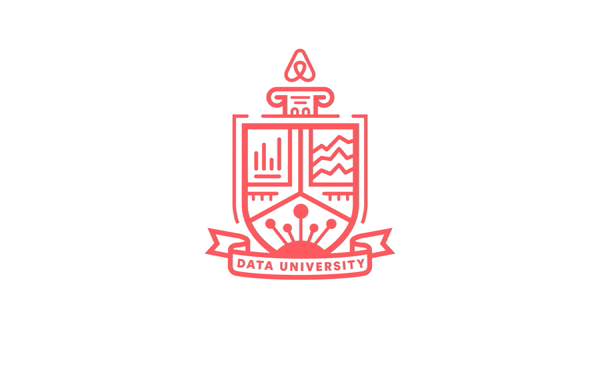In this microsite, you can learn programming languages such as R, Python, SQL, SAS, Java and more. Also, you can design your own learning path depending on your profession.
Image: Bigstock.
Coursera launches the Data Science Academy, a microsite that seeks to simplify the search for Data Science courses and professional paths.
According to Glassdoor, a portal specializing in job search, at least in 2018 the highest paid job position with the highest satisfaction rate was that of data scientist. The average annual salary that these professionals earn is 110 thousand dollars.
Coursera explains that companies continually seek decision makers with data analysis skills in almost every job field, for example, marketing managers, human resources specialists or business managers, to name a few.
In this microsite, you can learn programming languages used by data scientists such as R, Python, SQL, SAS, Java and more. Also, you can design your own learning path depending on your profession, explore the data management skills that correspond to the different work roles and choose the recommended courses for each skill.
On the other hand, some of the most attractive credentials offered by Coursera in this study field are the Master of Science in Computer Science with an emphasis in Data Science from the University of Illinois and the Master of Applied Data Science from the University of Michigan.
Enriching your profession with data analysis skills or choosing to take a 180-degree turn with a career change are promising options. If you are interested in learning more about Coursera’s educational offerings, you can access all the information here.
This article from Observatory of the Institute for the Future of Education may be shared under the terms of the license CC BY-NC-SA 4.0 
)
)




)
Christian Guijosa
Christian Guijosa
Christian Guijosa